How to Find a Safe Ayahuasca Ceremony in Medellín: Screening, Contraindications & Vetting Checklist
Your journey to find an authentic Ayahuasca ceremony in Medellín likely began online. Perhaps you’re comparing ayahuasca Medellín retreats, wondering what a safe yagé ceremony near Medellín feels like, or seeking a path beyond “wellness tourism” into traditional Colombian yagé guided by an experienced Taita healer. This search is a profound first step, a sign of wisdom guiding you toward a truly transformative experience.
This guide is your compass. We move beyond subjective reviews to provide a clear framework for identifying a safe, ethical, and indigenous-led ayahuasca retreat in Colombia. It’s about learning to recognize not just a destination, but a well-held ceremonial process—from screening and preparation to integration support—that leads to grounded healing.
Index (Table of Contents)
- Main Guide: Ayahuasca Retreats in Medellín
- The Problem with Relying on Reddit Reviews (beyond “Ayahuasca Medellín reviews”)
- The Four Pillars of an Authentic Ayahuasca Retreat (traditional yagé, lineage, small-group safety)
- Key Red Flags When Choosing a Retreat (screening, ethics, integration)
- Frequently Asked Questions about Ayahuasca in Medellín (safety, Taita vs. “neo-shaman”)
- Your Path to a Transformative Ayahuasca Retreat (how to choose a safe ayahuasca retreat in Antioquia)
The Problem with Relying on Reddit Reviews
In your search for “Ayahuasca Medellín reviews,” you’ve likely spent hours on Reddit. These forums promise unfiltered accounts but often lack context about lineage, safety protocols, group size, and integration, which creates more confusion than clarity. One user’s “terrifying ordeal” and another’s encounter with a spirit of “pure LOVE” are both subjectively true but offer no stable ground for your decision.
The language of “good trips” and “bad trips” misunderstands this sacred work. A challenging experience, held within a safe ceremonial container, is often the doorway to healing. Conversely, a glowing review might describe a pleasant lightshow with no therapeutic depth or traditional guidance.
Anonymous reviews cannot tell you about:
- The facilitator’s training, lineage, and tribal affiliation (e.g., Inga or Kamentsá) and whether the ceremony is indigenous-led.
- The energetic intention behind the retreat (healing & reciprocity vs. ayahuasca tourism in Medellín).
- The sacredness of place and medicines used in a traditional yagé ceremony (Ambil, Mambe).
- The quality of integration support (circles, one-on-one guidance) after ceremony.
An online review describes an event; this guide helps you find a process. The aim is not a temporary escape, but lasting transformation supported by screening, preparation, traditional leadership, and integration.
The Four Pillars of an Authentic Ayahuasca Retreat
To find a truly sacred space, evaluate potential ayahuasca retreats near Medellín using this framework. These four pillars are the foundation of a safe, ethical, small-group ceremony rooted in traditional Colombian yagé.
Pillar I: Authentic Lineage & Tradition – “Guided by Our Elders”
The most critical pillar is authentic lineage. This is not “neo-shamanism” learned from workshops, but a living current of wisdom passed through generations. An authentic Taita (traditional healer) in the Colombian tradition has dedicated their life to apprenticeship—often from childhood—learning from elders in tribes like the Inga or Kamentsá of the Putumayo region.
This decades-long training encodes practical safety—how to navigate the spirit world, screen participants, dose medicine responsibly, and guide integration.
“A genuine center will be transparent about their healers, their tribe, and the family tradition their knowledge comes from. This is the difference between a practice rooted in ancient wisdom and what one retreat participant called ‘stupid gringo neoshamanism shit.’”
Pillar II: Purity of Intention – “A Call from the Soul, Not a Transaction”
The second pillar is the intention behind the center. Is it a commercial enterprise focused on ayahuasca tourism, or a community with a sacred purpose and reciprocity? The rise of psychedelic tourism has created markets where sacred rituals are sold as products, often by operators with little connection to indigenous culture.
An authentic space feels like a home, not a business—ethically run, culturally rooted, and oriented toward healing rather than volume.
“Trust your intuition. A call from the soul should be met with reverence, not a transaction.”
Pillar III: The Sacredness of the Container – “Valuing Plant Sacredness”
The third pillar is the ceremonial container—the physical, energetic, and spiritual environment. In clinical settings this echoes “set and setting,” yet in ancestral Colombian yagé it runs deeper, reflecting cosmology, prayers, and song.
The setting participates in your healing. The ceremonial space (the Maloca) is a sacred womb. The preparation of Yagé (Ayahuasca) is ceremonial, infused with prayer and intention. In traditional Colombian ceremonies, complementary plants—Ambil (tobacco paste) and Mambe (coca leaf with ash)—help ground, clarify thought, and protect the field.
Pillar IV: The Commitment to Integration – “Guiding Your Self-Healing”
The final pillar is integration. Ceremony opens the door; integration weaves the teachings into daily life. A well-held ayahuasca retreat in Antioquia/Medellín provides clear post-ceremony guidance so insights become practices.
Effective support includes:
- Guided sharing circles and one-on-one integration.
- Embodiment practices (journaling, meditation, time in nature).
- Ongoing community connection and ethical cultural context.
- Practical re-entry guidance for sustained change.
Key Red Flags When Choosing a Retreat
Use this list to identify warning signs when comparing ayahuasca retreats in Medellín and throughout Colombia.
| Warning Sign (Red Flag) | What It Signals & Why It Matters |
|---|---|
| Vague or “Inspired By” Lineage | Suggests no verifiable indigenous lineage or apprenticeship. Increases safety risks and cultural appropriation. |
| Guaranteed Outcomes & Hype | Marketing claims (“instant cures,” “guaranteed visions”) indicate ayahuasca tourism rather than a healing-centered process. |
| Lack of Thorough Screening | Most serious red flag. No medical/psychological intake for meds (e.g., SSRIs), cardiac history, or mental health risks—unsafe. |
| Focus on Volume & Large Groups | High headcount over small-group ceremony care leads to diluted attention and weaker energetic container. (As covered in our Medellín retreat guide, smaller groups are a safety green flag.) |
| No Post-Retreat Integration Support | No circles or integration coaching means you’re buying an experience, not supporting transformation. |
| Cultural Disconnect & Exploitation | Not indigenous-led and no reciprocity with communities; signals ethical issues and shallow practice. |
Your Path to a Transformative Ayahuasca Retreat
Choosing to work with Ayahuasca (yagé) is a sacred commitment. Let discernment guide you toward a safe, traditional, small-group ceremony—with real screening, authentic lineage, and living integration.
We don’t offer formulas; we offer companionship. The final choice is a resonance between your soul and a specific place and people.
If your soul is calling for a space of deep authenticity, tradition, and reverence, we invite you to learn more about our authentic ayahuasca retreat in Colombia—an indigenous-led yagé retreat near Medellín with careful screening and integration or review our full Medellín retreat guide for comparisons and safety insights.
If you feel called to this work, we welcome you to connect with us to see if our path is aligned: Book a call to discuss your journey.

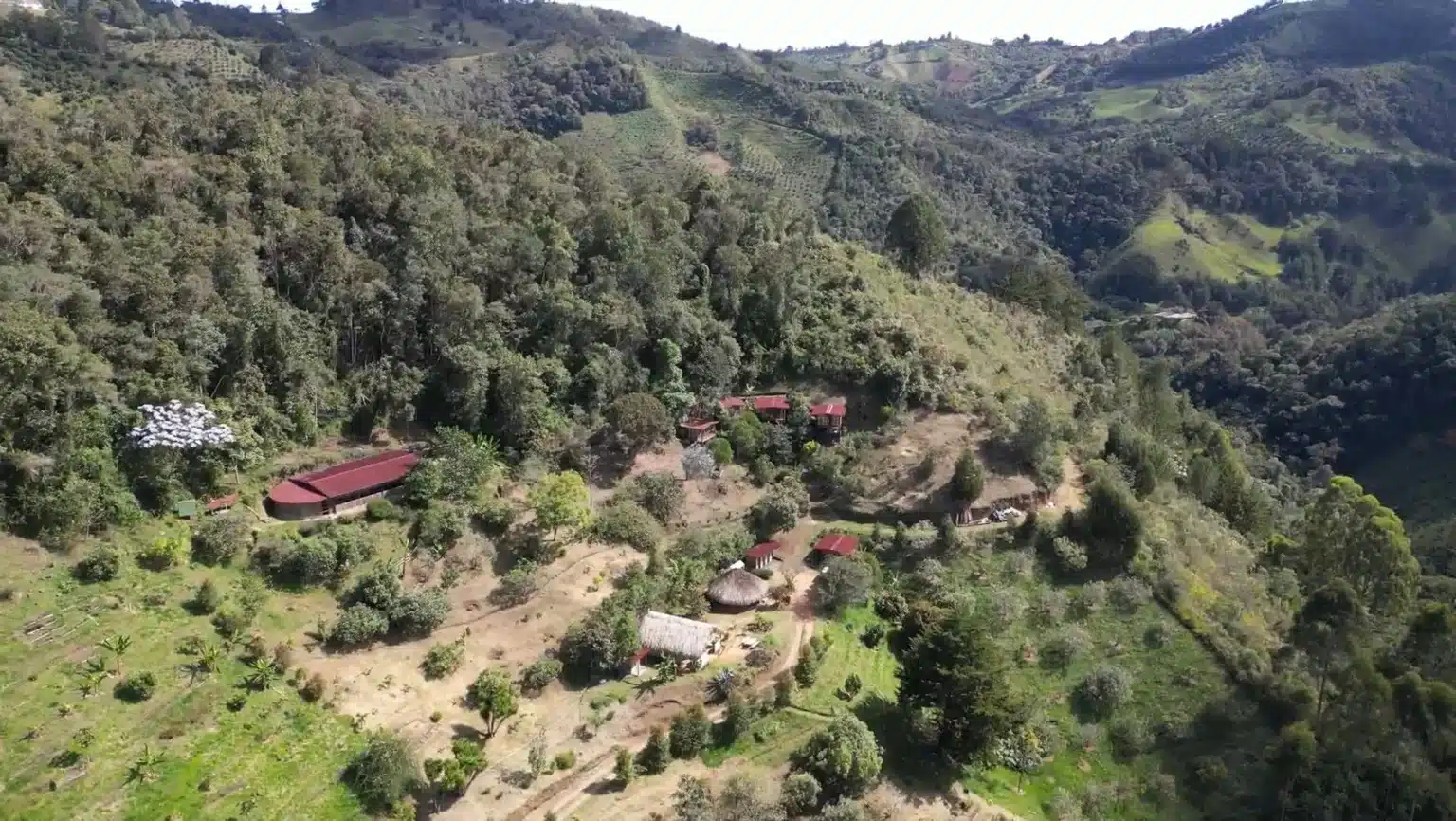
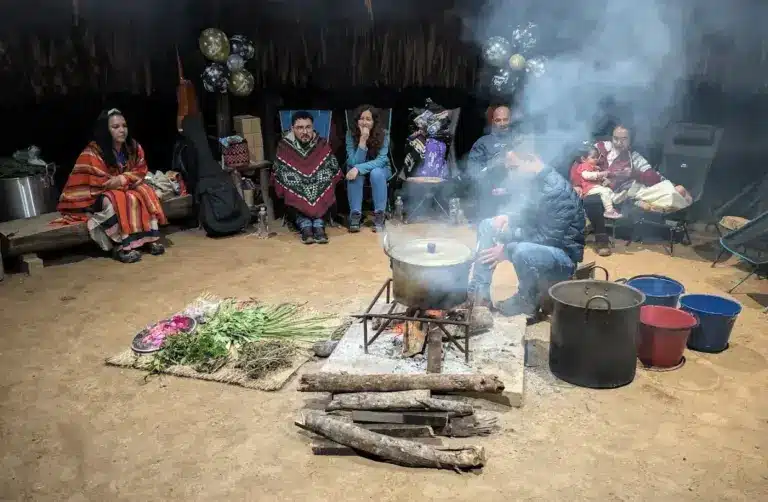
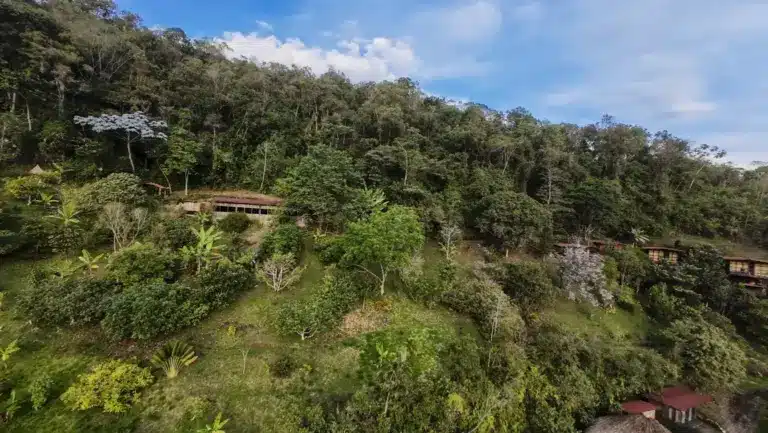
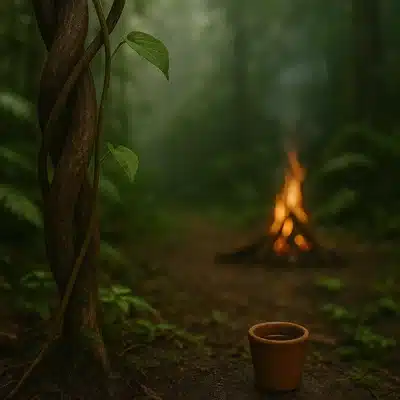
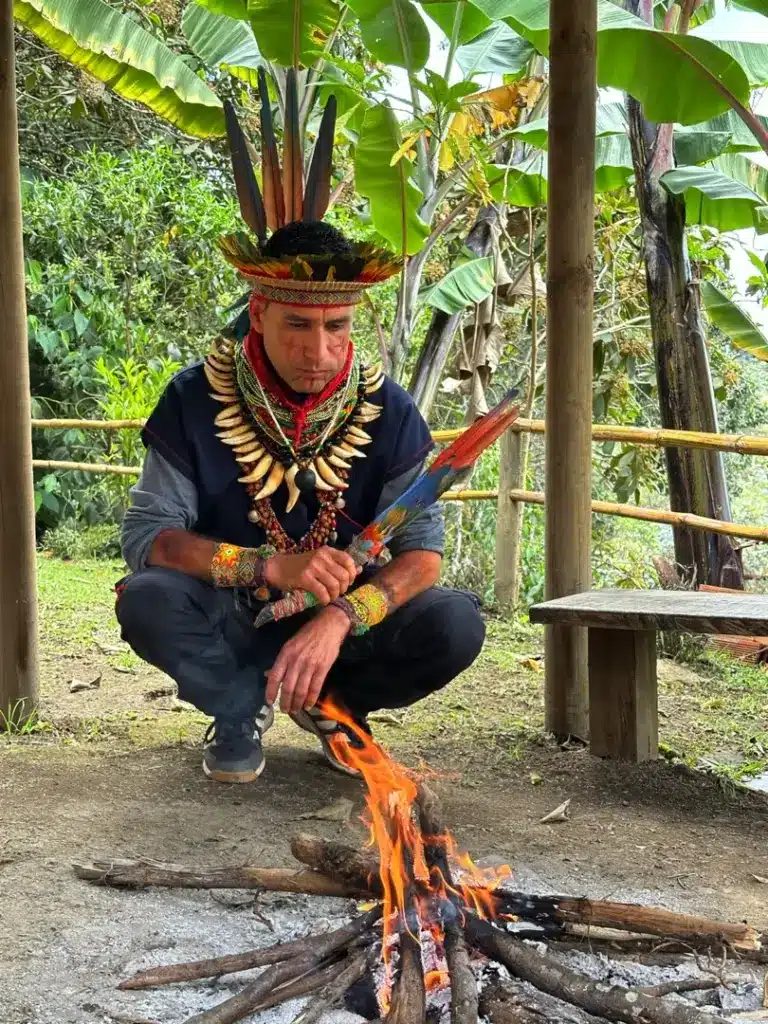

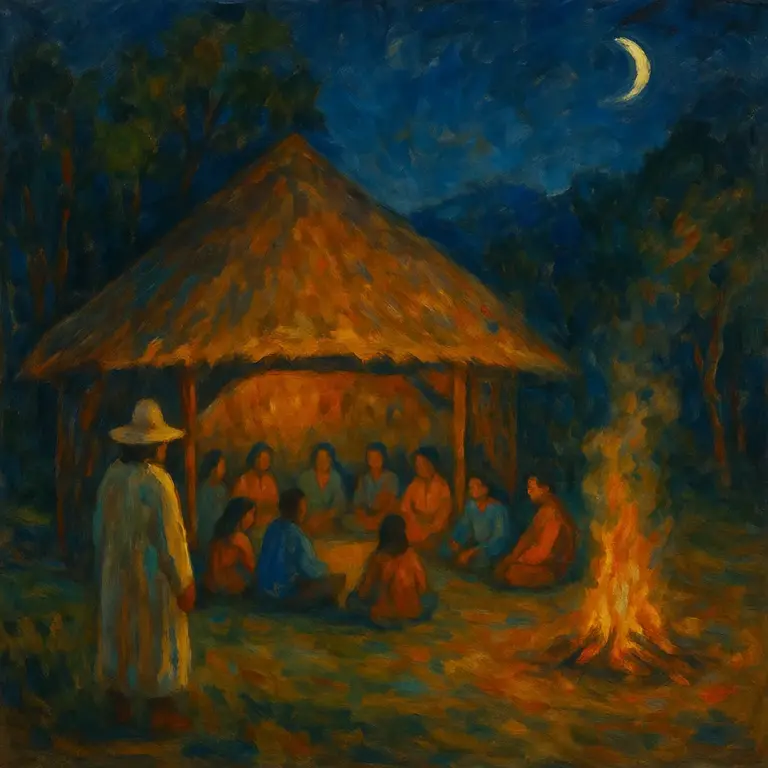
I completely agree that relying on Reddit reviews alone can be misleading. I’ve always felt like there’s so much more to choosing a retreat than just reading other people’s experiences—it’s about feeling aligned with the retreat’s values and integrity.
Nice post! 1754789058